By Joseph G. Bilby
The French advanced swiftly, with men yelling “Hurrah” and officers shouting encouragement. They knew the British were to the front, somewhere, although they could not see them yet, and they expected to roll over the enemy in an impetuous, distinctively Gallic tide. As the Frenchmen swept forward, a line of redcoats arose from the reverse slope of a slight rise a hundred yards to their front as if out of nowhere. Startled, the advance continued, somewhat nervously, as the silent enemy, deployed two ranks deep, overlapped the flanks of the French column.
The Brown Bess Becomes The Key To British Victories
When 35 yards separated the two forces, the British line erupted in flame, and a blizzard of musket balls dropped Frenchmen by the dozens. The French first rank fired wildly, then the column began to deploy into its own line under cover of a blue gunsmoke haze, to the chilling sound of ramrods scraping the insides of barrels as the well-drilled British reloaded.
Frenchmen clambered over the dead and dying and spread left and right in a desperate attempt to increase their frontage and firepower. And then another volley, and another, all within a minute, shattered their formation to fragments. The British swarmed forward, yelling and screaming, with bayonets leveled, but few of their surviving opponents waited around to be transfixed.
Time and again this scenario was played out on the military stage afforded by the Iberian Peninsula in the years following 1808, until the steadfast British soldier achieved final victory over the armies of Napoleon. The instrument of that victory was Brown Bess. And who, the casual observer might ask, might she be?
Rudyard Kipling, that peerless poet of Empire, once wrote, “If we as Britons have reason to bless any arms—save our Mothers’—those arms are Brown Bess.…”
Born From Need For Small Arms
The “Bess” Kipling blessed was the .75 caliber flintlock musket that faithfully served British infantrymen from the 1730s through the end of the Napoleonic era and beyond.
The Brown Bess evolved from a need to standardize British service small arms. When King William landed in Britain from Holland in 1688 as successor to the deposed James II, he brought with him an aggregation of foreign troops and weapons. William’s battles with James’s Irish loyalists at the Boyne, Aughrim, and the siege of Limerick were fought with a mix of arms. Flintlock muskets, however, outnumbered matchlock muskets (that is, ones not with a flint to strike a spark that would ignite the charge, but a slow-burning cord lowered down at the time to do so) in the Anglo-Dutch Williamite army, and gave it an initial tactical advantage over Irish Jacobites mostly armed with matchlocks.
At this time both matchlock and flintlock muskets were loaded with powder and ball from the muzzle. The older matchlock design, however, was fired by means of a glowing, saltpeter-soaked cord or “match,” held in the jaws of a piece of metal called a “serpentine.” When the gun’s trigger was pulled, the serpentine dropped the lit end of the match into a “pan” of priming powder affixed to the side of the barrel near the breech. Powder ignition in the pan exploded the main charge and discharged the weapon. The superior flintlock, also known as a “firelock,” used a piece of flint secured in its hammer or “cock” which, when released by the trigger, struck the lock’s (the weapon’s firing mechanism’s) frizzen or “battery” and created a shower of sparks to ignite the pan powder.
King George Encourages Arms Manufacturing
A matchlock’s burning match had to be constantly readjusted by a shooter, but a flint was good for a relatively large number of shots and could be chipped, or “knapped,” to fire a few more shots when it became dull through use. Not only did the matchlock have a slower rate of fire; it was a more dangerous system for both the shooter and those around him. An errant match around highly explosive black powder led to disastrous accidents.
Imported Continental flintlocks predominated in British service until the reign of King George I. In 1715, George’s government created the “Board of Ordnance” which established the “Ordnance system of manufacture.” The system created standards of government acceptance for weapons and developed a network of domestic contractors who supplied the government with musket parts, which were delivered to approved gun builders who assembled them into finished muskets.
Although the Board of Ordnance reduced British dependence on foreign firearms makers and raised the quality and quantity of domestic musket manufacturing, the guns produced in the Board’s early years demonstrated a lack of standardization, with both Dutch and French influences apparent. By the early 1730s, however, the distinguishing characteristics of the Brown Bess emerged in what came to be known as the “King’s Arm” or “Long Land Pattern” musket. These included a 46-inch, .75 caliber barrel, walnut stock, “banana” shaped lockplate (the elongated piece of metal serving as a mounting for the lock) and brass furnishings.
The “Short Land” Becomes The British Infantry Weapon In 1768
The design evolved and improved in succeeding years. Some changes, like ramrod pipe and trigger guard configuration, lockplate profile and stock carving patterns, were largely minor and cosmetic. Others, however, including variations in the shape and strength of the cock, the addition of a “bridle” supporting the priming pan, and the replacement of the gun’s wooden ramrod with a stout steel one, were decided improvements on the musket’s efficiency and durability. The steel ramrod was a particularly important innovation, because it not only eliminated the possibility of guns becoming useless through ramrod breakage, but also because it increased a soldier’s rate of fire, the metal rod driving the load home more rapidly.
A “Short Land Pattern” musket, initially conceived as a dragoon carbine, appeared in the early 1740s. The only difference between this gun and its Long Land counterpart was the newer model’s shorter 42-inch barrel. Although the Short Land musket became the standard British infantry weapon in 1768, both Long and Short guns were produced simultaneously for many years after. The shorter pattern predominated, but some Long Land Pattern guns were still being made as late as 1790.
India Pattern Bess Marked By Poorer Finish
Perhaps the most significant variation of the Brown Bess was the India Pattern. Originally designed by the British East India Company as a less expensive alternative to the official musket, the India Pattern was accepted for government use in the ordnance emergency created by the French wars. The India Pattern was issued along with Short Land Pattern muskets from 1793 through 1797, when it replaced the Short Land Pattern as the official British musket. India Pattern guns were characterized by a poorer quality finish, inferior wood, and manufacturing shortcuts in lockplates, ramrod pipes, trigger guards and buttplates, as well as a shorter, 39-inch barrel.
The final incarnation of the Land Pattern series, which some might dispute is a true Brown Bess at all, was the New Land Pattern musket, introduced in 1802, but not manufactured in any quantity until 1814, when a few thousand were made for light infantry use. The New Land musket had a different stock configuration, a 42-inch barrel, and an overall more “modern” appearance. Some New Land guns were made with front and rear sights for light infantry use, a significant departure from the older Land and India Pattern guns, which had no sights, although the bayonet lug perched atop the barrel could be used as a primitive front sight in a pinch. New Land Pattern muskets were made through 1817, but were apparently only issued to Guards regiments. British line regiments were armed with India Pattern muskets until Pattern 1839 and Pattern 1842 percussion-ignition muskets replaced them in the 1840s.
Sea Service Muskets Issued With Shorter Barrels
During the period that Brown Bess ruled the land, “sea service” versions of the gun were produced as well, mostly with shorter barrels and less attention to detail in construction and finishing. Many sea service muskets lacked a brass stock nosecap (protecting piece of metal at the end of the stock) and had their barrels “blackened” as extra protection against the elements.
A perennial question regarding the Brown Bess is how and where it gained its nickname. A number of stories regarding the origins of the sobriquet, none of them really satisfactory, have been advanced. It is generally agreed, however, that the term “Brown Bess” made its first appearance in print in 1785.
Debate Over the “Brown Bess” Name Continues
It has been conjectured that the word “Brown” refers to either the barrel finish or the color of the gun’s stock. In fact, “browning,” as a British military barrel finish, was not introduced until New Land Pattern musket production, some 17 years after the term Brown Bess appeared in print. There is also no evidence for the theory that the Long Land Pattern stock, left in its natural brown color, departed from an alleged previous practice of painting gunstocks black and gave rise to the name.
Some say “Bess” is a reference to Queen Elizabeth I, but this seems improbable, since “Good Queen Bess” passed from the scene 182 years before the first mention of the words “Brown Bess.” It is possible, however, that, considering the Hanoverian connection of George I and his descendents, there is some substance to the story that “Bess” is a corruption of the German word for gun, buchse. There is also more than a passing similarity between “Brown Bess” and “Brown Bill,” the latter a popular name for the pole arm carried by medieval English infantry. Interestingly, a late 18th-century slang term for enlisting in the British army was to “hug Brown Bess,” and the words were, for many, no doubt, endearing ones.
But not for all. Some British soldiers were not that enthralled with the “King’s Arm.” One officer who served in the Peninsular Campaign was quoted by historian Paddy Griffith in his book, Forward Into Battle, as noting that his men’s guns were “of bad quality.” The officer added that “soldiers might be seen creeping about to get hold of the firelocks of the killed and wounded, to try if the locks were better than theirs and dashing the worst to the ground as if in a rage with it.” Conversely he believed that the French “fine, long, light firelocks, with a small bore [.69 caliber], are more efficient for skirmishing than our abominably clumsy machine.” Another critic carped that “the Brown Bess was the very clumsiest and worst contrived of any firelock in the world.”
The Musket’s Chief Advantage? Rapid Fire.
Despite complaints, which may have resulted from the issue of the less well-finished India Pattern musket, the Brown Bess was a typical infantry arm of its day, with all the advantages and disadvantages that this implies. The chief advantage of the smoothbore musket, mainstay of the world’s infantry in that era, was that it could be loaded and fired rapidly—three times or more a minute by a well-trained man.
The musket’s chief disadvantage was that it was a smoothbore and, to facilitate rapid loading and firing used a ball much smaller than its bore size (.715 in a .75 caliber barrel in the case of the Brown Bess). The musket was considerably less accurate than a gun with a rifled barrel, even though the cartridge paper as well as the powder and ball contained in it were rammed down the muzzle to take up “windage,” or the difference between ball and barrel diameters. Spiral grooves, or rifling, cut in a gun barrel stabilized a ball fired in it and made the arm more accurate for a longer distance. These same grooves, however, required that the ball be encased in a tight-fitting greased patch to engage the rifling so that spin was imparted to the ball, which slowed down the rifleman’s rate of fire to half or less the speed of a man armed with a musket.
“You May As Well Fire At The Moon”
In 1814, British Army Col. George Hanger voiced an oft-quoted criticism of Brown Bess accuracy: “A soldier’s musket, if not exceedingly ill bored (as many are) will strike the figure of a man at 80 yards; it may even at a hundred; but a soldier must be very unfortunate indeed who shall be wounded by a common musket at 150 yards, provided his antagonist aims at him; and as to firing at a man at 200 yards with a common musket, you may as well fire at the moon and have the same hope of hitting your object.”
How accurate was Hanger’s assessment of Brown Bess accuracy? A British government test conducted in 1841 found that a smoothbore musket had a maximum range, with dramatically elevated muzzle, of seven hundred yards, and scored a 75 percent hit ratio on a six-foot high by four-foot wide target at 150 yards. The gun failed to hit even larger targets at all at ranges up to 250 yards. Another test in 1846 produced similar results, concluding that the maximum range of a smoothbore with a muzzle elevation of five degrees to be “about 650 yards, the point-blank range being 75 yards.” After establishing range parameters, the 1846 ordnance testers fired a smoothbore at “a target 11 ft. 6 in. high by 6 ft. wide.” Ten shots fired at a range of 250 yards missed the target entirely, while five hit it at a range of 150 yards. At two hundred yards, the board found that it was necessary to aim five-and-a-half feet above a target to come anywhere near it.
Although an American calculation indicated that a ball fired from a smoothbore musket retained “sufficient force to pass through a pine board 1 in. thick” at five hundred yards, the British board of 1846 concluded that “as a general rule, musketry fire should not be made at a distance exceeding 150 yards and certainly not exceeding 200 yards, as at and beyond that range it would be a mere waste of ammunition to do so.” As is evident, the test results indicate that Colonel Hanger’s anecdotal conclusion was not too far off the mark.
The Heat Of Battle Lowered Musket’s Accuracy
In combat, smoke, confusion, noise, exhaustion, fear, and the unpleasant sensation of being fired at as well as firing, dropped the hit ratio of musketry fire much lower than controlled tests. One authority of the day opined that one needed to fire a man’s weight in musket balls at him to hit him. Estimates vary somewhat, but most conclude that the chances of a fired musket ball hitting an enemy soldier during the Napoleonic Wars were between two and five percent. At the battle of Vittoria in the Peninsular campaign, it was estimated that 3,675,000 musket balls were fired to inflict eight thousand casualties.
Some students of the period have wondered why the British Army persisted in issuing the Brown Bess musket for so long a period, when seemingly superior weapons, like Capt. Patrick Ferguson’s breech-loading flintlock rifle, used to a limited extent in the American Revolution, were available. Although the Ferguson’s accuracy and rate of fire significantly exceeded that of the smoothbore musket, its drawbacks included some relatively minor technical difficulties and a considerable production cost. Bess had three great advantages over the Ferguson; she was easy to manufacture, cheap, and good enough for the job at hand.
What then, was the battle record of this allegedly clumsy, inaccurate piece of ordnance called Brown Bess? It was, for the most part, as good as the men who carried the gun and those who led them. The combat honors of Brown Bess are long, beginning with the War of the Austrian Succession. The tried and true musket won Britain the Indian jewel in the crown of empire and conquered Canada as well.
Don’t Blame Bess For Losing Revolutionary War
Although some popular myth-makers credit the superior accuracy of the American rifle over the Brown Bess as a factor in the loss of the American colonies in the Revolution, there is no evidence that this was the case. Although locally important on occasion, and useful for special purposes, the rifle, which was not equipped to mount a bayonet, was not a decisive weapon, and Gen. George Washington converted many of his riflemen into musket-wielding light infantrymen. Until French muskets entered the supply chain later in the war, the average American soldier actually carried a Brown Bess or locally produced copy of the gun. The much-lauded American victory at New Orleans in 1815 had, contrary to song and story, nothing to do with “Kentucky rifles,” but with well-served artillery, smoothbore muskets and British command incompetence.
Sold As Surplus & Used For The Texas War
The Brown Bess gained its greatest fame in the long intermittent struggle with Revolutionary and Napoleonic France between 1793 and 1815. The British infantry and Brown Bess gained eternal renown serving under Sir Arthur Wellesley (later Duke of Wellington) in Spain during the Peninsular campaign. Sir Charles Oman, in his landmark history a hundred years later, claimed that, among other tactical advantages, rapid-fire musketry delivered by well-drilled British infantry, coupled with the superior “weight” of a given British volley, due to the heavier Bess musket ball, were significant factors in the British victories in Spain. Paddy Griffith’s more recent scholarship maintains that the key to British success was strict fire discipline that permitted a volley at almost point-blank range, followed by a rapid bayonet charge. Professionalism, training, and leadership were as important as the type of weapon carried by the British soldier on the peninsula.
The end of the struggle against Napoleon left the British government with thousands of muskets in storage. Although some British line regiments were using the Brown Bess as late as 1848, many muskets were sold off as surplus around the world, including to Mexico. Both sides in the Texas War for Independence were largely armed with the Brown Bess. The last major conflict for the old British warhorse proved to be the Mexican War where, in an ultimate little irony, it faced U.S. muskets styled after the French guns it defeated on the peninsula. This time, however, the outcome was different. For only the second time in her history as a service arm, putting aside a localized debacle at the hands of the Afghans, Brown Bess was bested in a major conflict. Both times it took the errant progeny of her native land to do it.
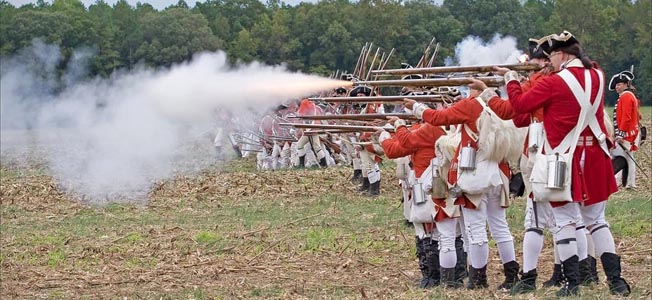
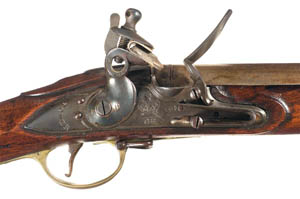
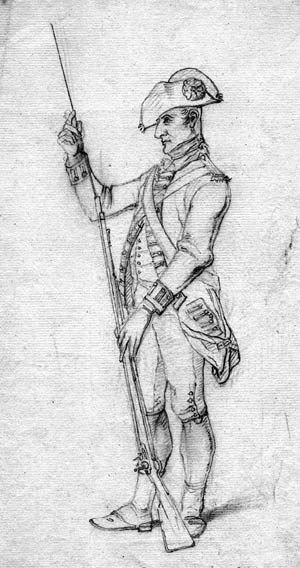

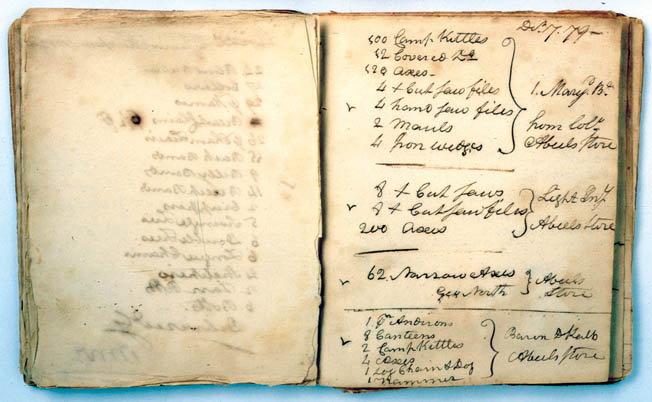
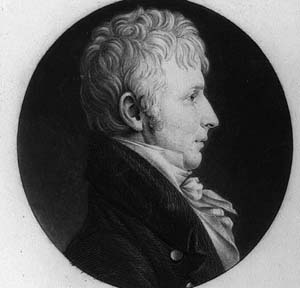
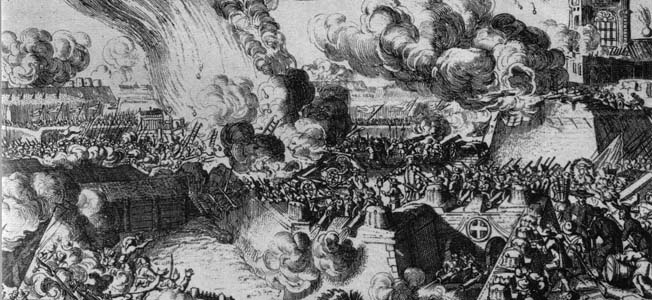
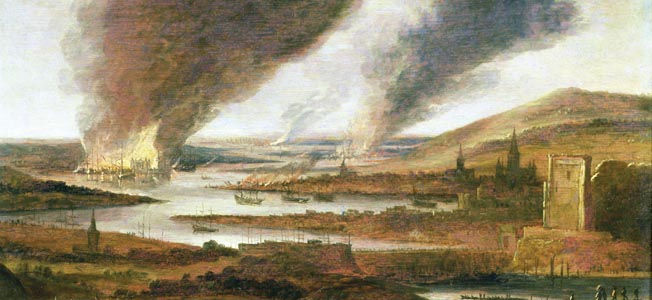
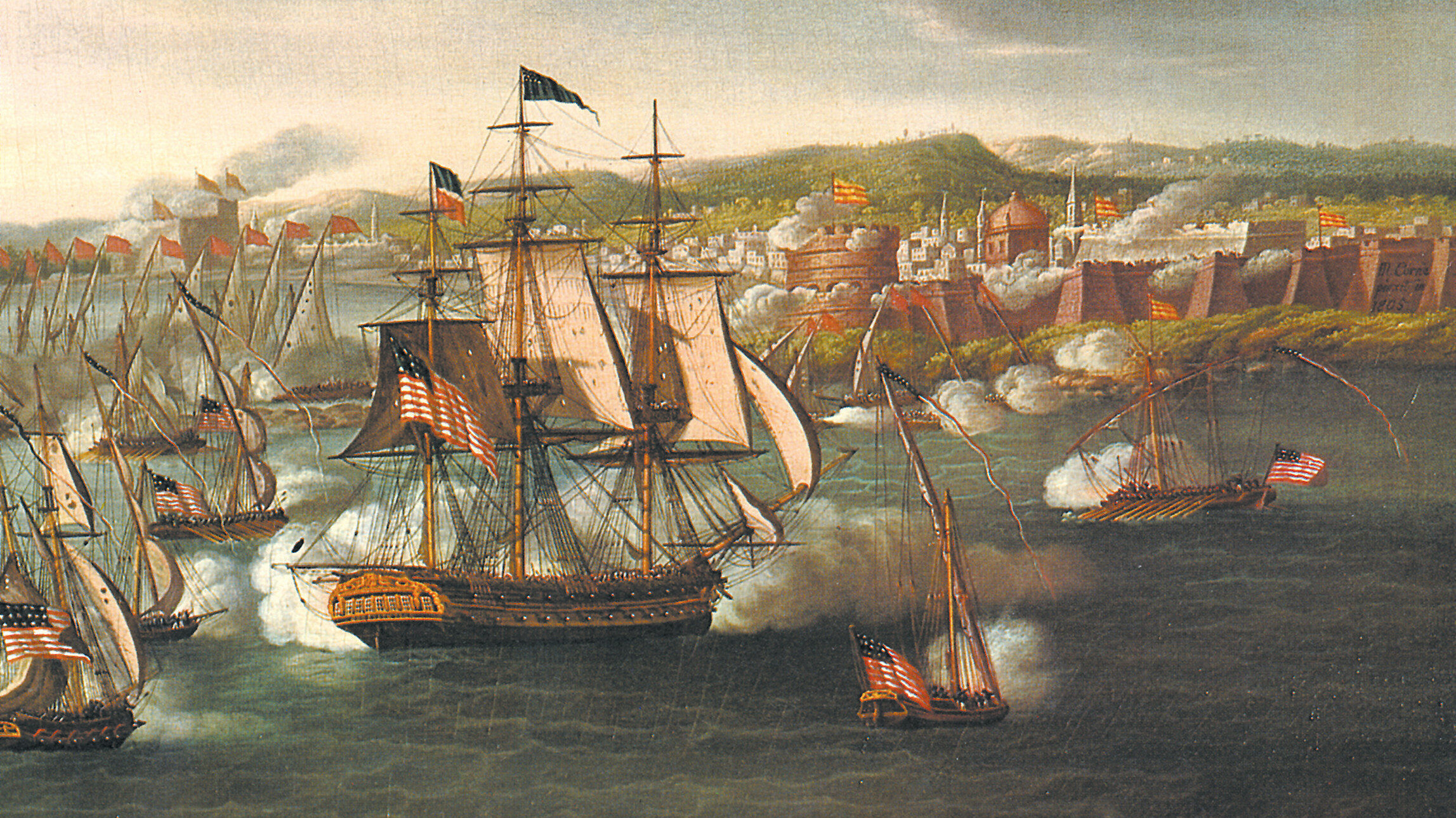
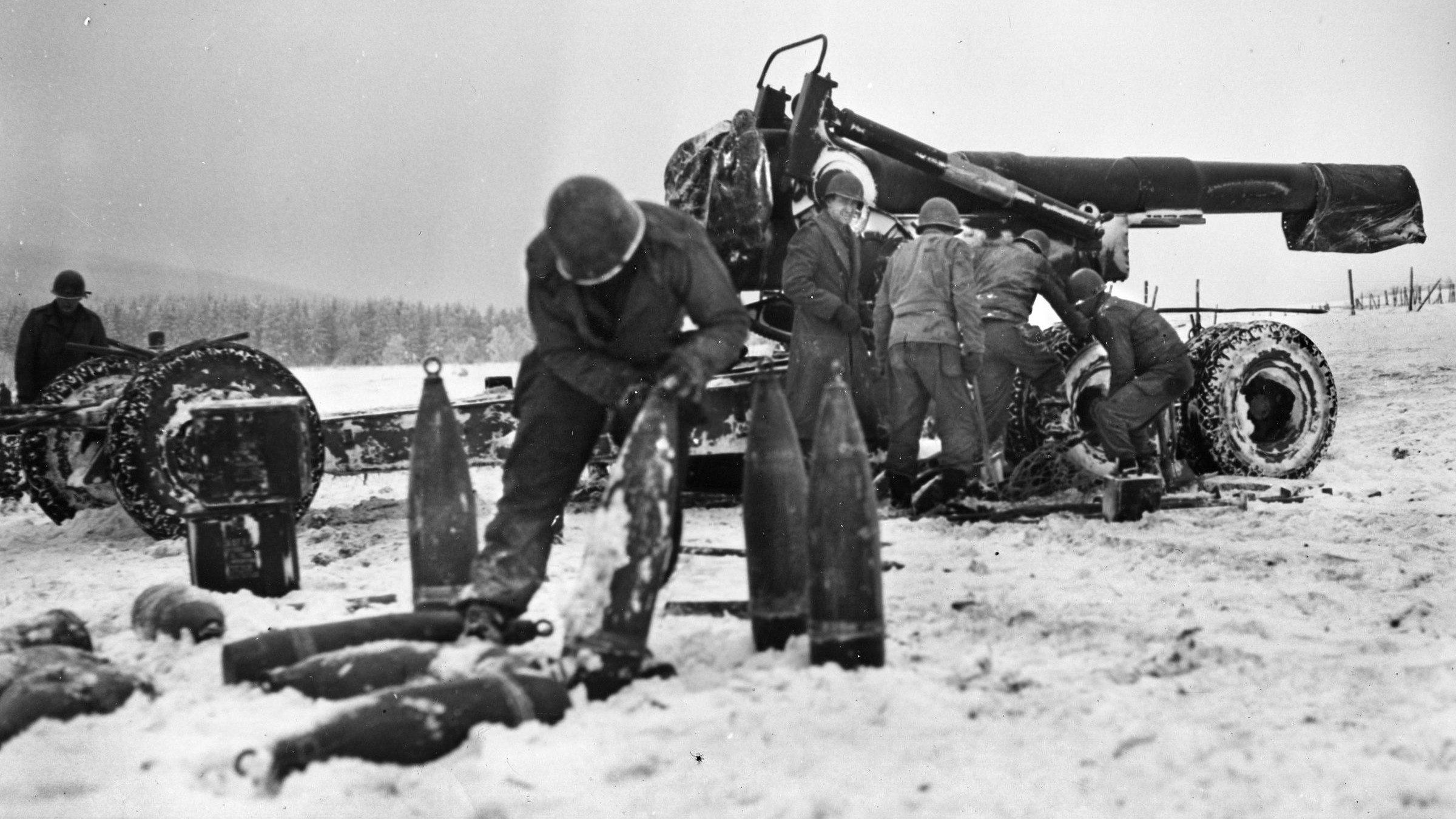
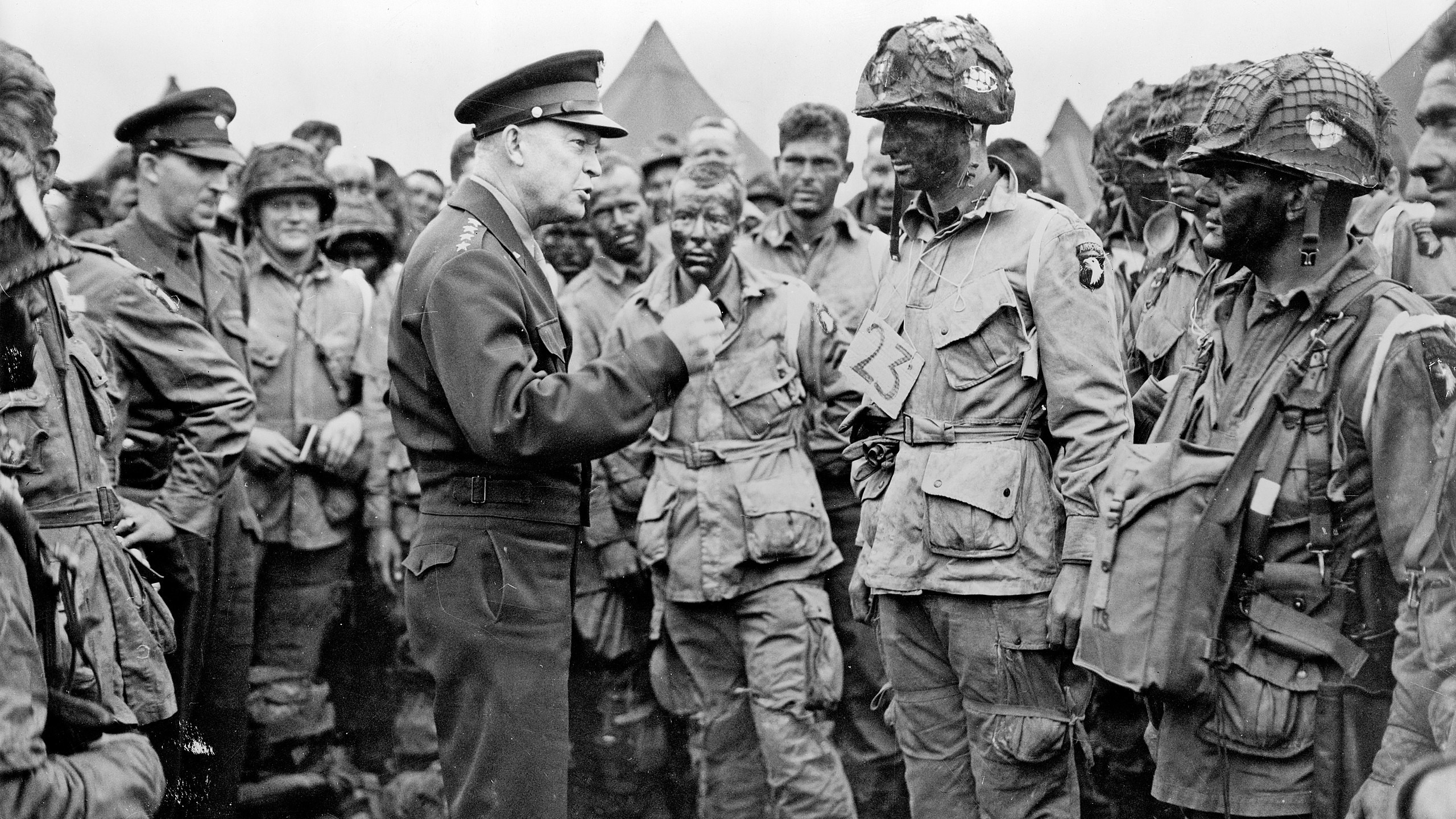
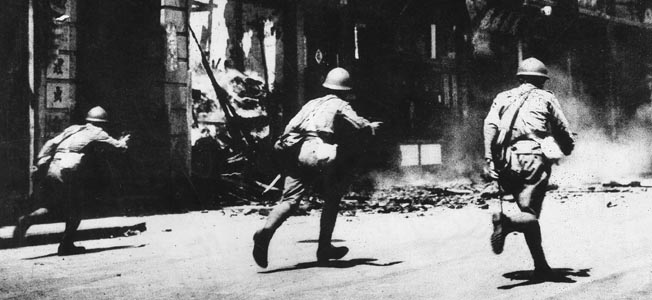
Join The Conversation
Comments
View All Comments